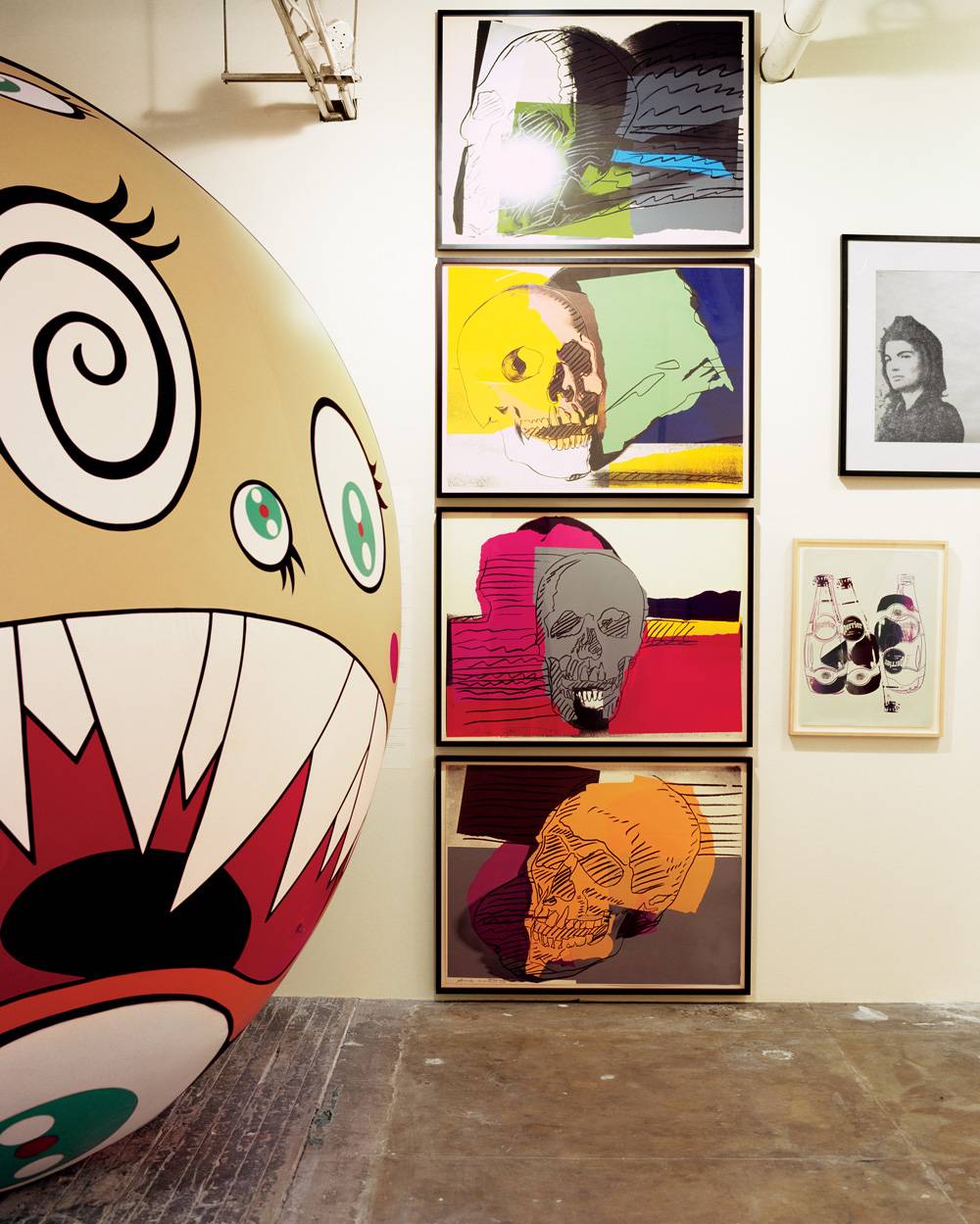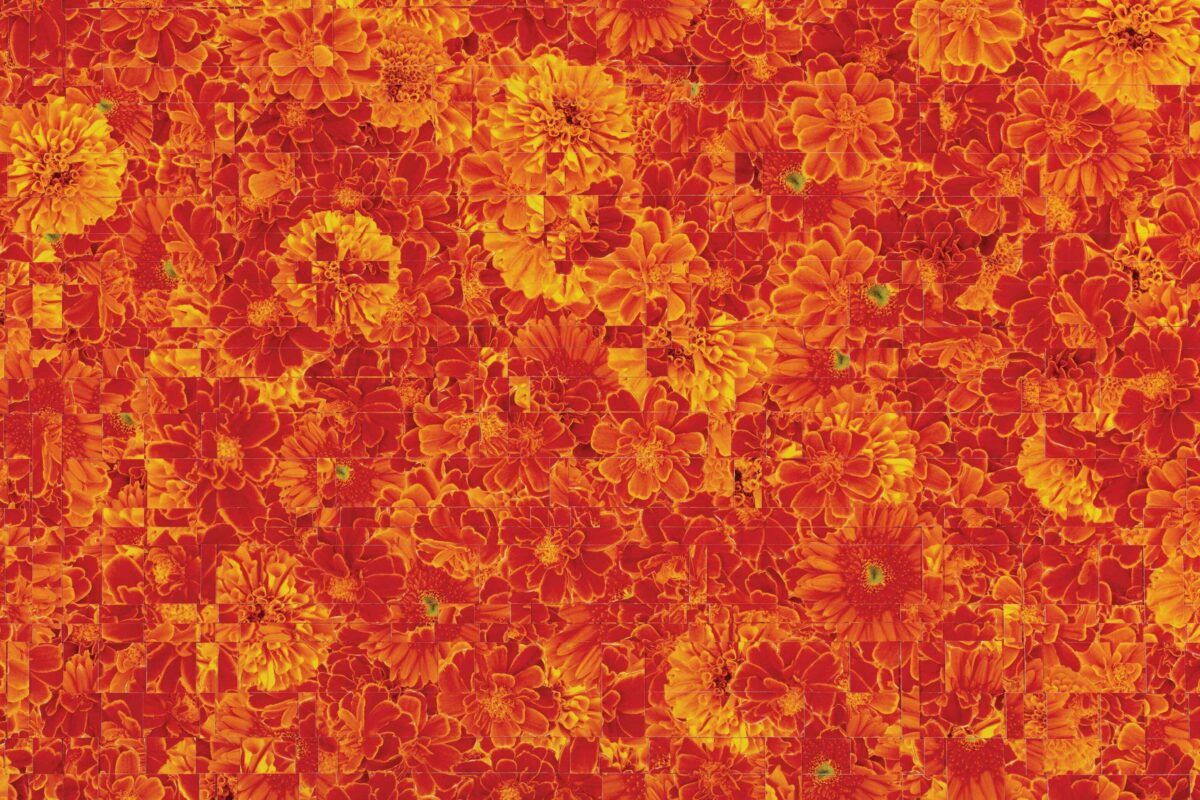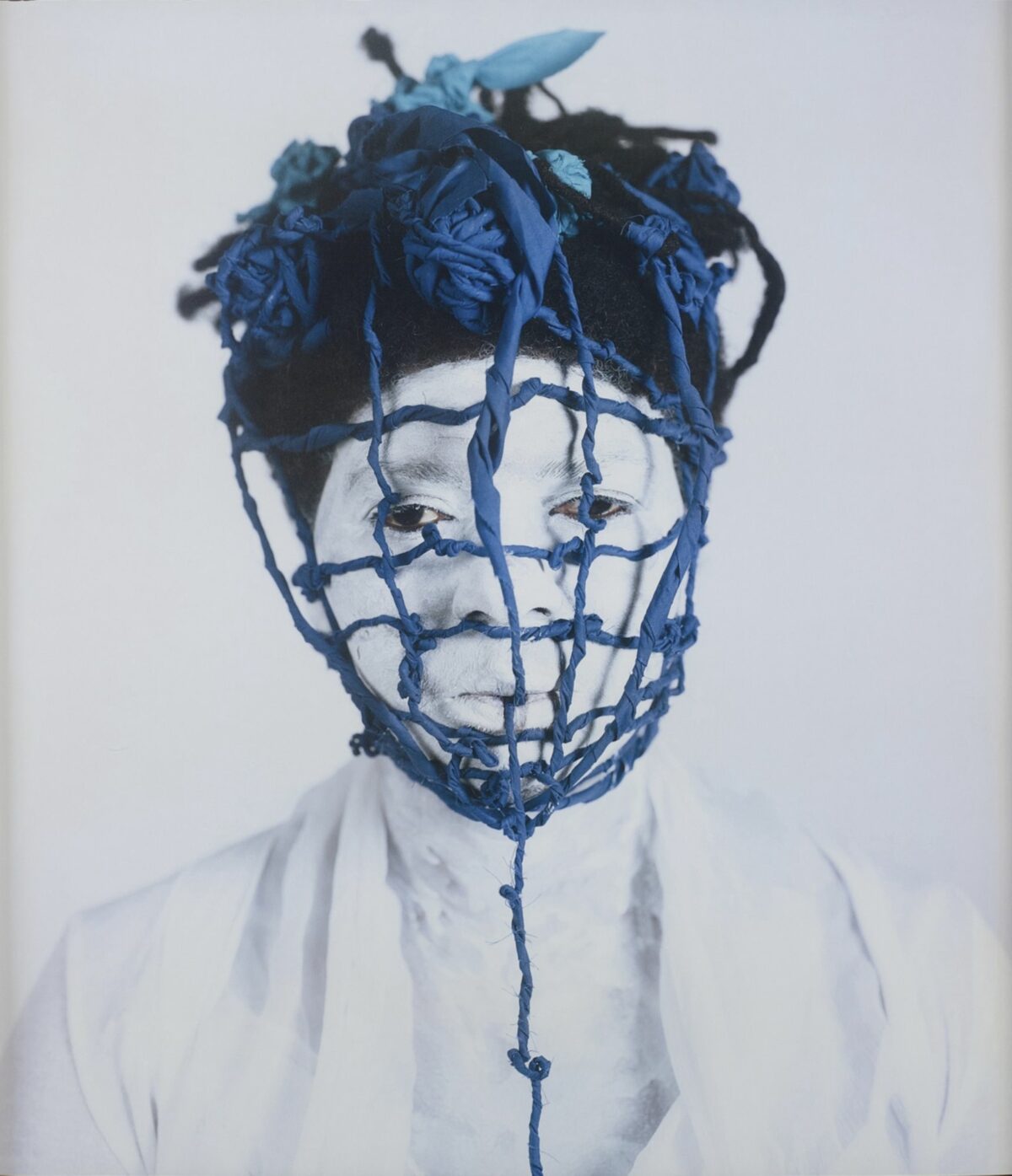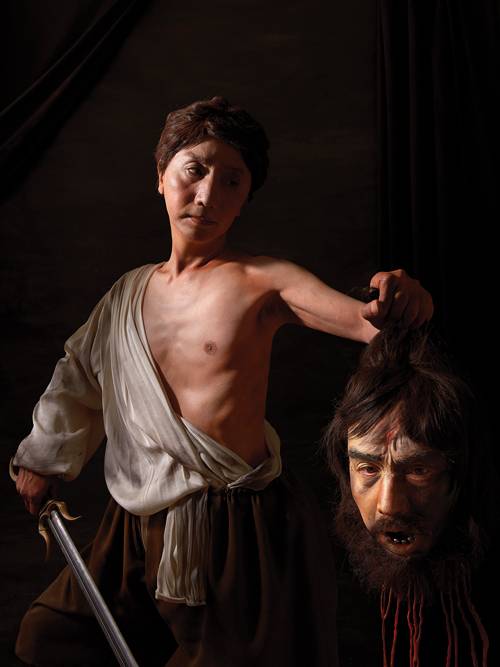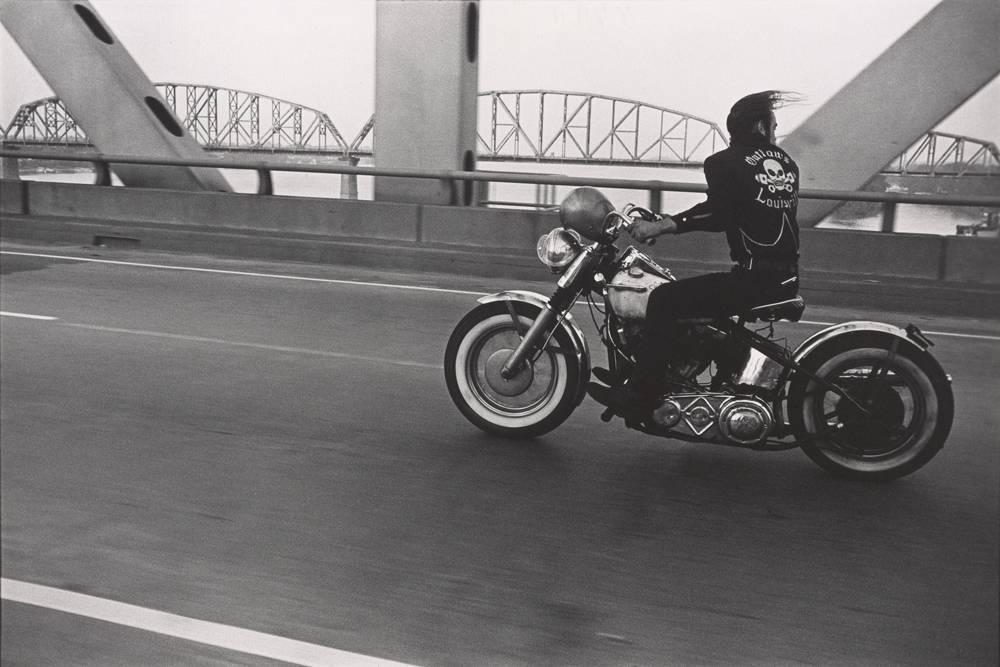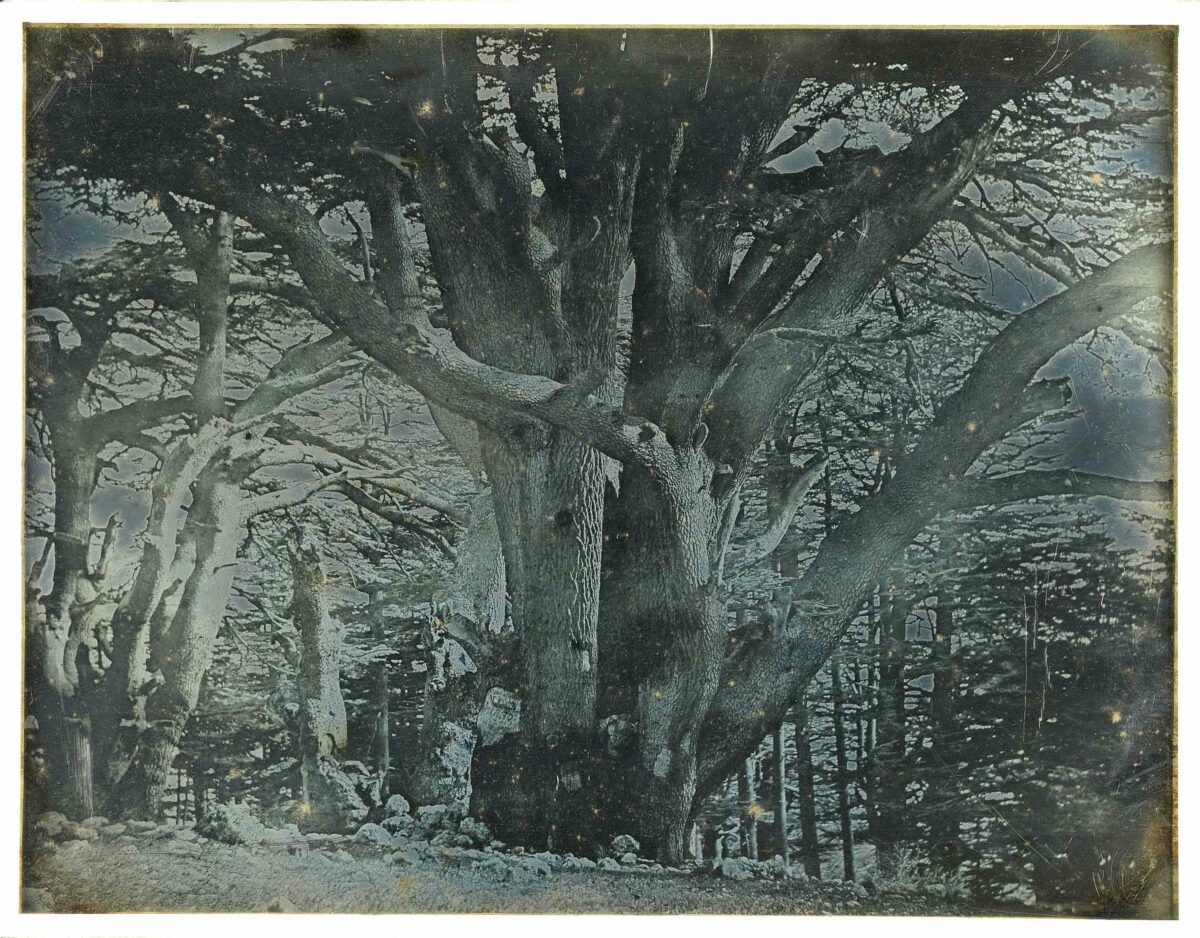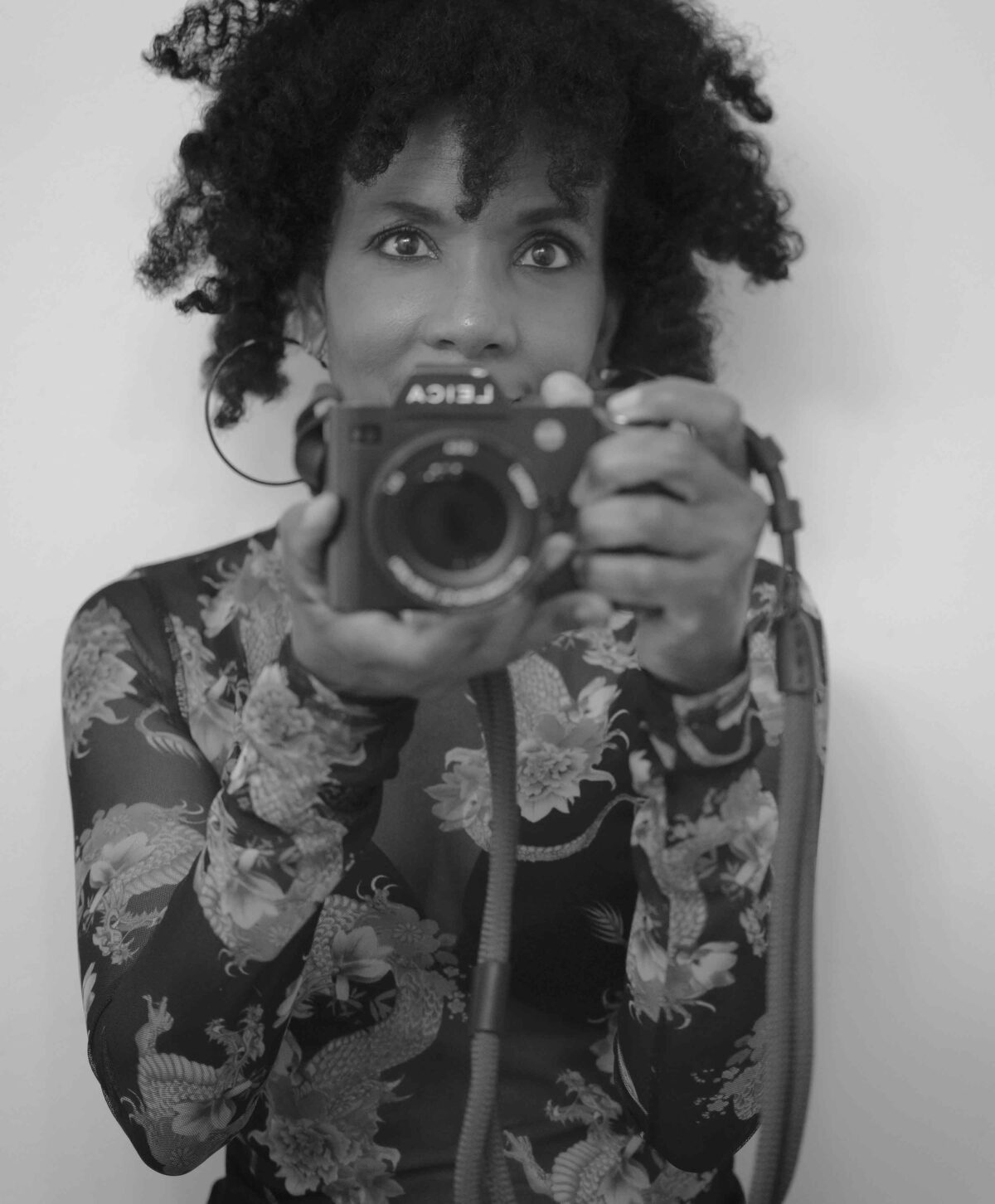

“It is said that no one truly knows a nation until one has been inside its jails. A nation should not be judged by how it treats its highest citizens, but its lowest ones.” – Nelson Mandela
Keith Calhoun and Chandra McCormick describe their work as “social activism through photography.” Separately, activism and photography each require committed attention. Combined, the observational power of the photograph, fueled by the urgency to address injustice, can create revelatory imagery that is critical and compassionate. Calhoun and McCormick’s three-decade photographic collaboration has been largely focused on their life-long hometown of New Orleans, including river baptisms, portraits of sugar-cane workers, and jazz parades.
Their epic project Slavery, The Prison Industrial Complex was on view earlier this year. Curated by Katie Delmez and Susan H. Edwards for the Frist Art Museum in Nashville, it was re-presented with additional imagery and contextual information by the Baltimore Museum of Art curator Leslie Cozzi. The photographs, videos, and texts that constitute the exhibition forcefully connect the dots between the legacy of slavery and mass incarceration at the Louisiana State Penitentiary. The prison, once a plantation, is also known as “Angola,” in reference to the country of origin of many of the slaves who worked these fields. The motif of prisoners working in fields, the harsh drudgery of field work under a scorching sun, should be familiar to American eyes, from chain-gang movies such as The Defiant Ones to Danny Lyons’s 1960s photographic project Conversations with the Dead. While those images are searing, Calhoun and McCormick’s photographs are more affecting because they are less dramatic, less aestheticized, allowing the blunt quotidian brutality they portray to speak for itself.
Mass imprisonment tears at the very fabric of families and communities, undermining social and economic progress and creating gaps in family histories. The earliest image in the exhibition, taken by Calhoun in 1982, showed two African-American children holding hands as they pass a telephone pole posted with a hand-made, cardboard sign advertising rides to the prison to “See your Love Ones.” Portraits of inmates, the majority of which were made by McCormick, anchor the broader observations about power and subjugation, including Daddy ‘O, The Oldest Incarcerated Man in Angola State Penitentiary, which is as elegant and non-judgmental as an August Sander portrait.
The U.S. prison system is a multi-billion-dollar enterprise invested in the continued imprisonment of the poor. Supported by video interviews with several former inmates and concise wall texts contextualizing the prison in relation to the history of slavery, Calhoun and McCormick’s exhibition created an irrefutable case that incarceration is a form of deliberate and calculated subjugation.



